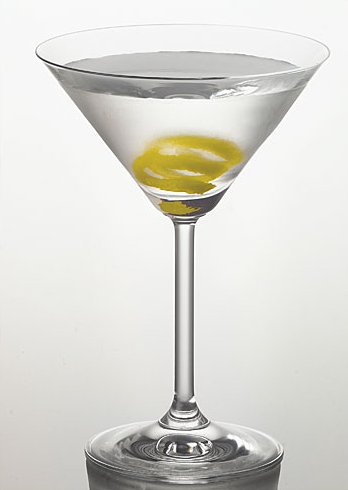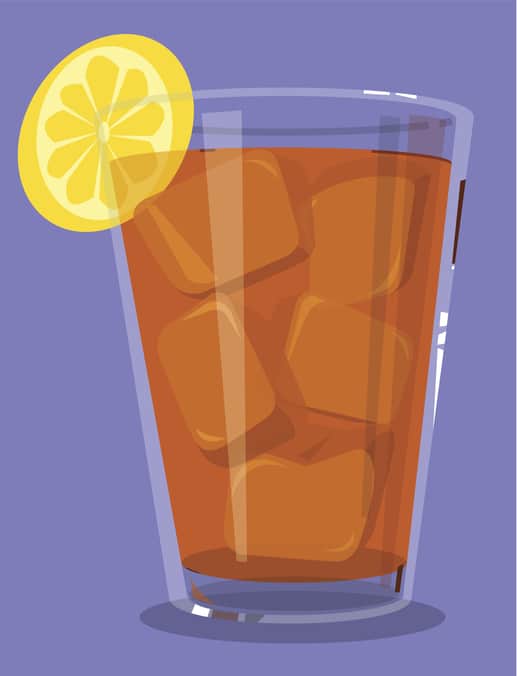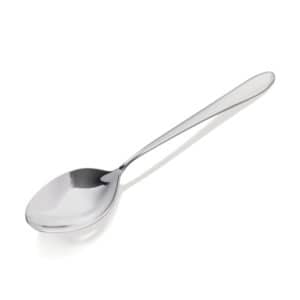I’d been working hard on a paper discussing the use of Nanostem Serum in skin rejuvenation, and needed a break. I strode over to the awesome, tidy bar at my house, picked up a bottle of Hendrix gin, Martini & Rossi Dry Vermouth, and shook them together with ice. After straining out the ice, I poured the crystallized clear nectar into a stemmed glass with an inverted cone bowl, garnished with a lemon twist.
This, my friends, is called a “martini”. Argue as you may, and many do, anything else must have a different name.
Numerous folk tales portend to define the true history of, perhaps, the most famous mixed drink in the world. The city of Martinez, California, claims a San Francisco bartender named Jerry Thomas invented a drink in 1870 for a minor who lived in Martinez. It contained a sweetened gin, sweet vermouth, lemon and other stuff; a beginning. Another legend claims the drink was named for the Martini & Henry rifle used by the British Army between 1870 and 1890, as they both delivered a strong kick.
By the turn of the century, some bar manuals listed a recipe that was equal parts sweet vermouth and gin, sometimes with a dash of orange bitters. Getting closer.
In 1900, a famous Italian beverage company launched a new, less sweet vermouth which they termed “Extra Dry”. More about this later.
Just prior to 1914, bartender Martini di Arma di Taggia at the Knickerbocker Hotel in New York made the first eponymous claim: dry gin and dry vermouth in equal parts, with orange bitters. Closer still. But too much vermouth- those aromatic juniper undertones are being overpowered!
Over time, the martini has become more gin-dominant as the amount of vermouth decreased; note that I didn’t say disappeared. The considered ideal ratio of gin to vermouth is now felt to be 3 parts gin to 1 part vermouth, adjusted to taste.
By the way- remember I mentioned a famous Italian beverage company that launched a less sweet vermouth in 1900? The name of the company is Martini andRossi, and the vermouth is branded under the name Martini. After the drink? Nope- the company was founded by businessman Alessandro Martini and winemaker Luigi Rossi in Turin in 1863. That predates Martinez, California, the British Martini & Henry rifle and bartender Martini at the New York Knickerbocker Hotel. The Oxford English Dictionary defines the word martini as originating from Martini and Rossi Vermouth, and indicates that the first usage of the word was in 1894. Problem solved!
Have I mentioned vodka yet? That’s because there is no such thing as a vodka martini! Ian Fleming (via James Bond) ordered a crazy drink one time in his first novel, Casino Royale. It was half gin, half vodka and was called a Vesper, named after a double-agent Bond was in love with. After she commits suicide in the novel, he never drinks another. In the films, Sean Connery took to ordering Vodka martinis, “shaken, not stirred”.
But hold on, Mr. Bond- this is not a martini! There is no gin, no vermouth; the only thing that looks similar is the glass. Don’t call this drink a martini- it’s just REALLY COLD VODKA…. thank you!
By the way, before I finish… gin without vermouth isn’t a martini either- it’s just REALLY COLD GIN! What about spinning a little vermouth in the chilled glass to coat it, then pouring it out? That’s still really cold gin- just put it in the freezer and drink it out of the bottle for crying out loud! A real martini is a mixed drink and must contain gin and vermouth!
Finally… what about that glass? Its form derives from the fact that all cocktails are traditionally served chilled and contain an aromatic element. The stem allows the drinker to hold the glass without affecting the temperature of the drink, and the wide bowl places the surface of the drink directly under the drinker’s nose, ensuring that the aromatic element has the desired effect. Gin contains aromatized Juniper berries. Vodka… isn’t aromatic at all. That’s why they add so many flavors to it: infused lime, lemon, orange, bacon. They should infuse Juniper berries for us to even consider it a Martini!









